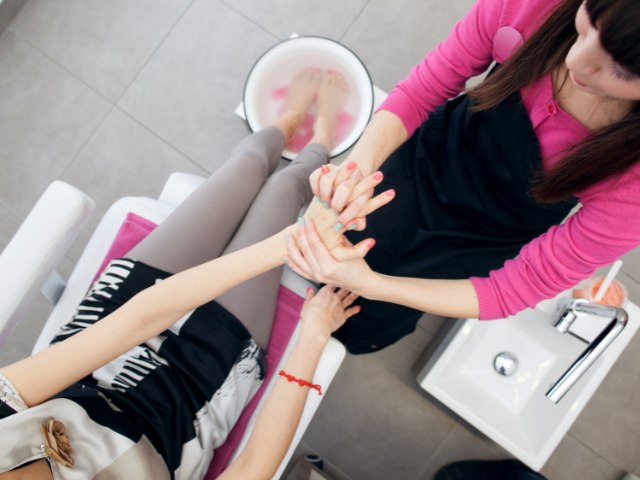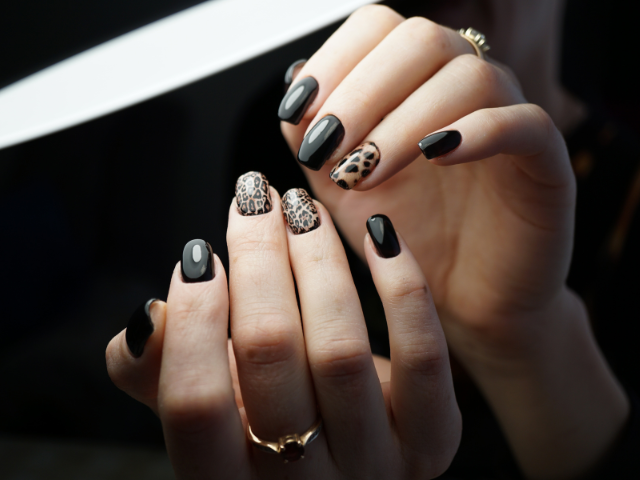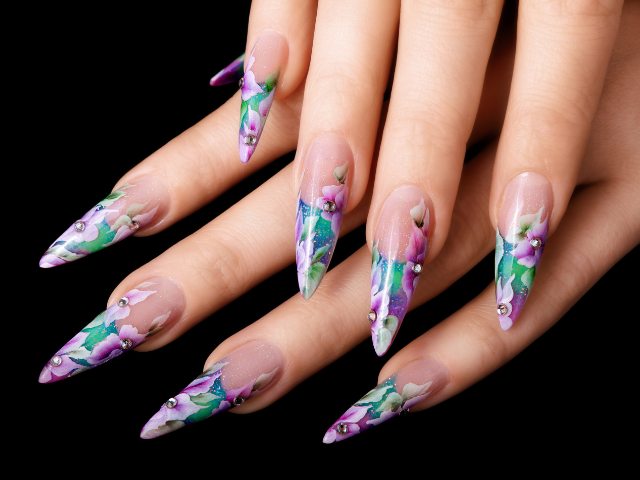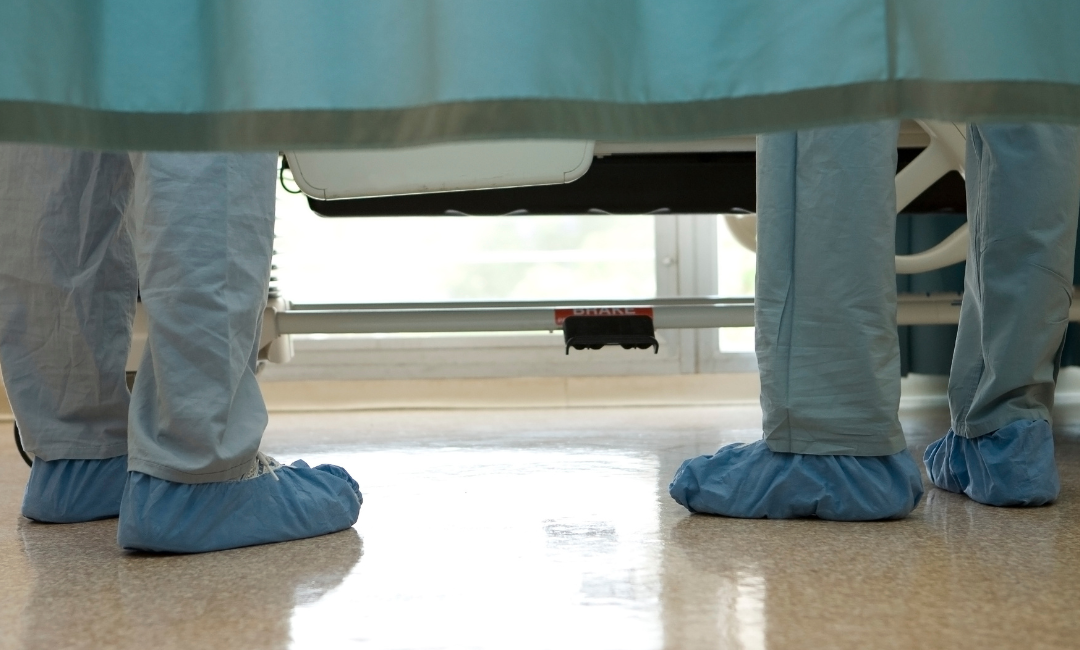Bacterial Haven
Science shows that short, unpolished nails and those with intact, standard polish are generally the safest. Meanwhile, artificial nails and gel manicures harbor bacteria and are difficult to clean effectively. This makes them bacterial breeding grounds.
Artificial nails or enhancements include fake nails, acrylic nails, wraps, gel manicures, dip powder nails, or nail extensions. Because these additives superficially adhere to the nail bed, cracks can form, allowing bacteria to invade and fester, as noted in the “Journal of the American Academy of Dermatology.”
This is not a new concern. An almost 34-year-old comparative study in the “American Journal of Infection Control” compared the fingertip cultures of 56 nurses with artificial nails and 56 nurses with natural nails.
Even after hand washing, the artificial nails harbored higher counts of gram-negative bacteria responsible for hospital-acquired infections, such as Enterobacter, Serratia, Klebsiella, and Pseudomonas.
Gram-negative bacteria are more complex to kill than gram-positive bacteria [3], according to the 1989 study in the “American Journal of Infection Control,” so it’s especially concerning to think that our nails could help increase their spread.
For this reason, the Centers for Disease Control and Prevention (CDC) advises healthcare workers against artificial nails. Even for natural (unpolished) nails, it’s recommended they’re kept less than 1/4 in length. This is because longer nails harbor more dirt and bacteria, potentially spreading infection, according to the CDC.
Artificial nails and enhancements are not the only manicures bad for bacterial spread. According to this 2020 study, artificial and gel manicures correlate with “higher numbers and more species of microbes than bare nails.”
Gel manicures gained popularity in 2012, according to Nail Knowledge. This type of manicure uses a special gel polish that cures under ultraviolet light. The result is a manicure that can last weeks without chipping.
This durable quality makes gel manicures a disaster for infection control. As the gel manicure grows out with the nail, the intact polish peels up, creating a gap for bacterial entry.
A 2018 study found gel manicures might be more challenging to clean with alcohol hand gel. Hand hygiene with alcohol hand gel reduced bacteria on natural nails (no polish) and nails with standard polish but did not mitigate bacteria on gel-manicured nails.
This is concerning as alcohol-based hand sanitizer is commonly used for hand hygiene between patient contact.









